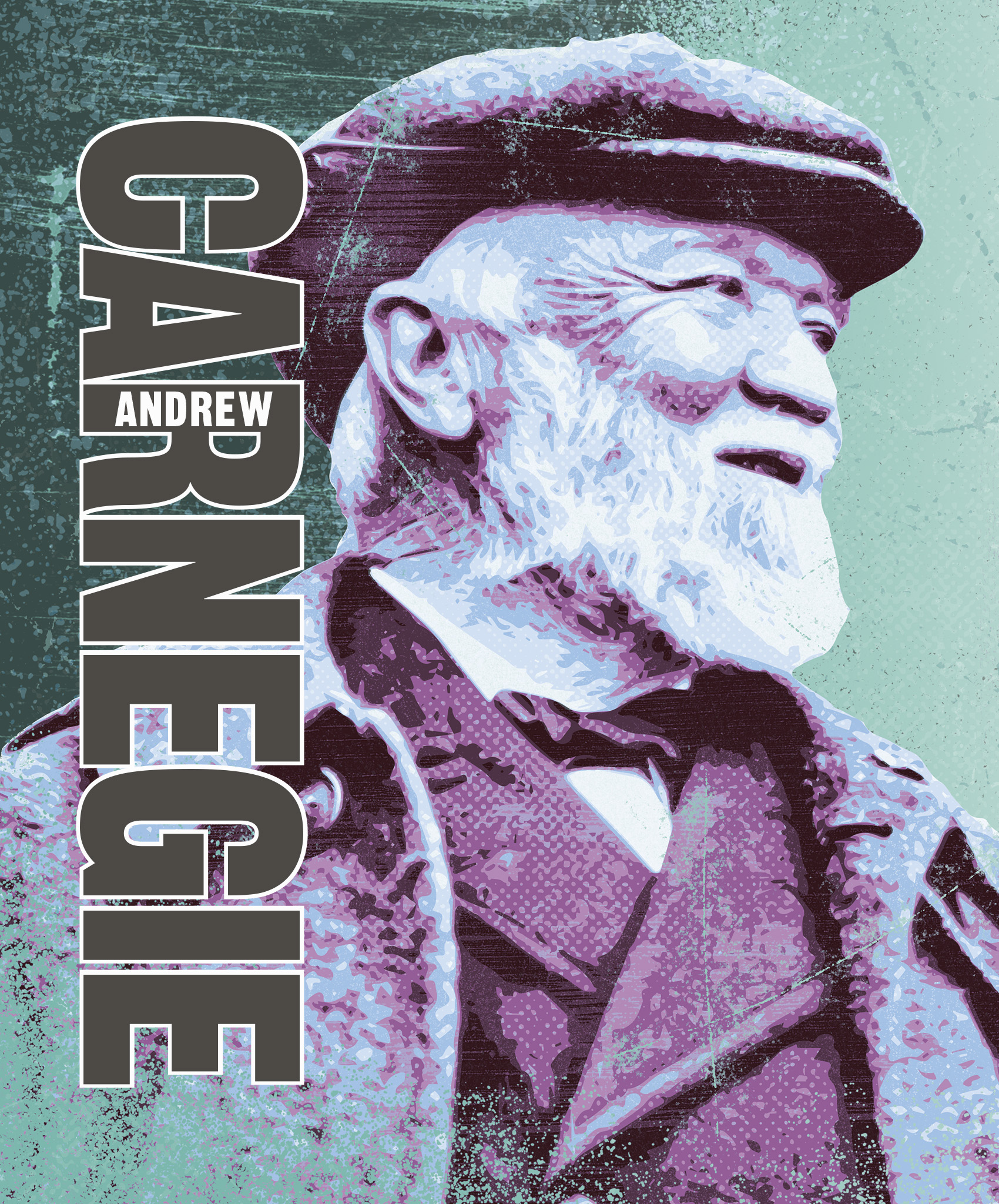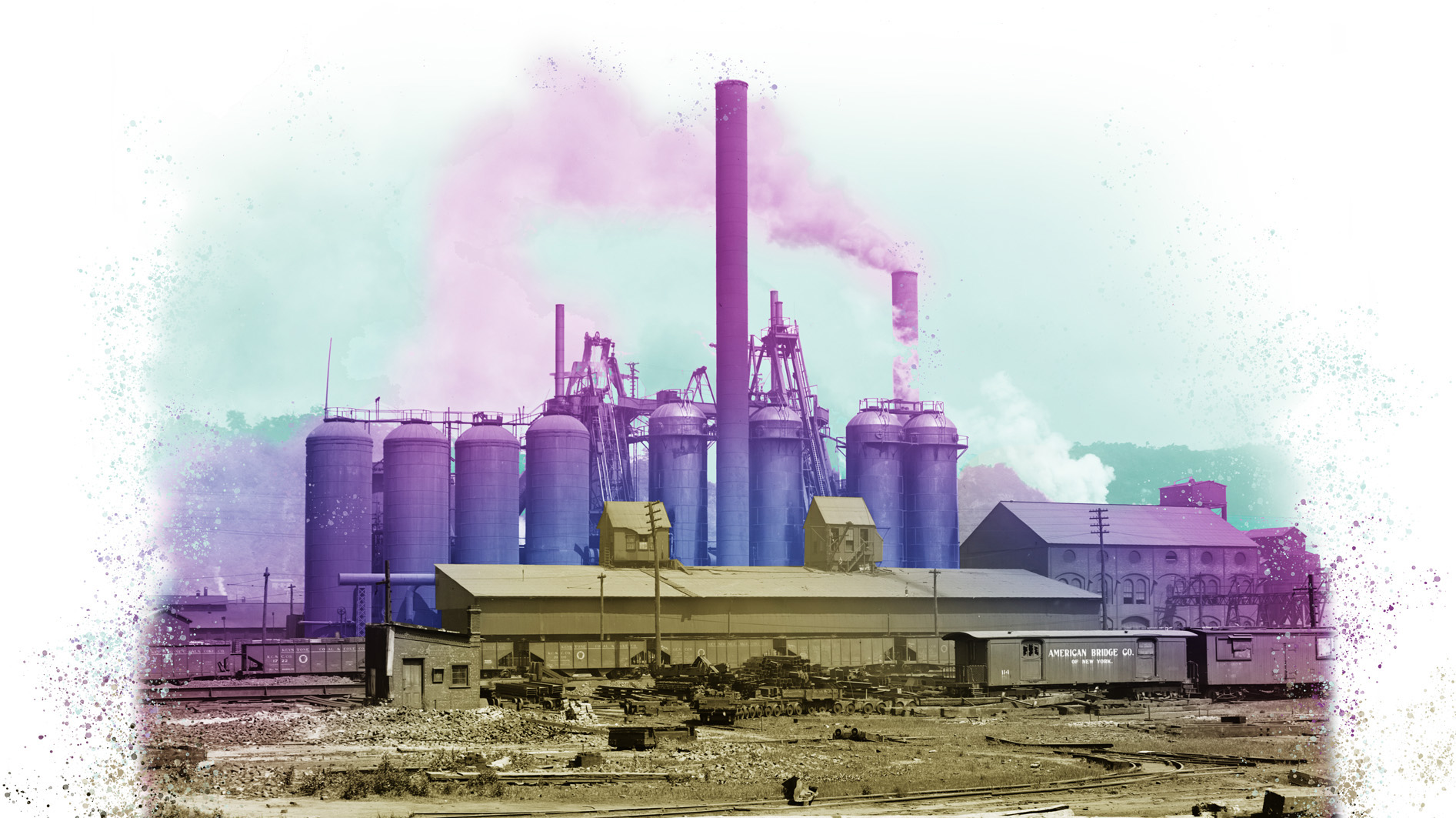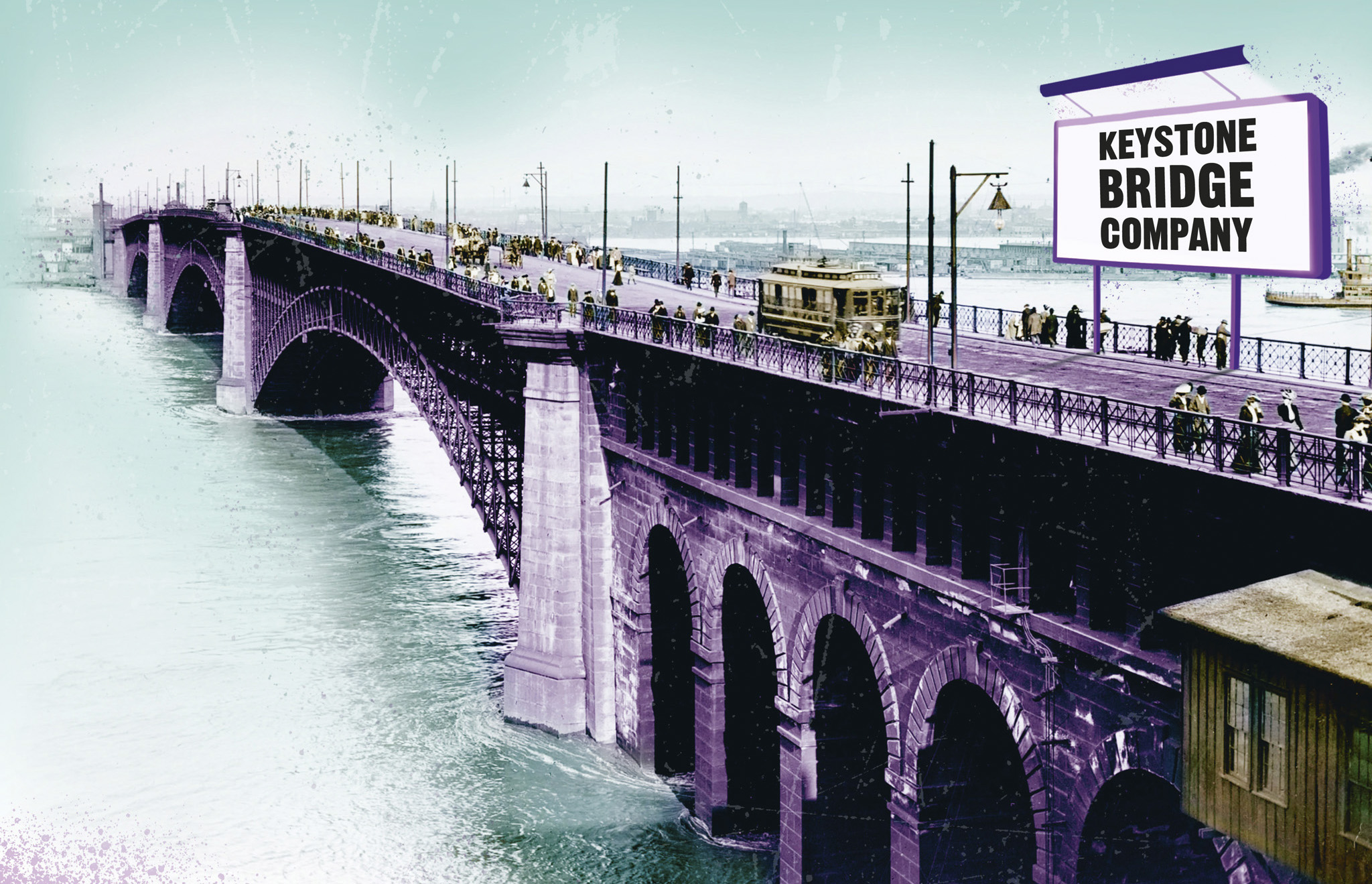
ANDREW CARNEGIE
1835–1919
Scottish-born Andrew Carnegie spearheaded the expansion of the US steel industry, adopting innovative processes and vertical integration to improve efficiency. He became one of the wealthiest Americans of his time and a leading philanthropist who encouraged other rich business leaders to give away their wealth.
Andrew Carnegie was determined to escape the poverty that forced his parents to emigrate from Dunfermline to the US when he was 13. In the US, his father still struggled to support the family, and Carnegie soon had to earn his own money. He started as a bobbin boy in a Pennsylvania cotton factory and, despite the 12-hour day, found time to learn to read and write. By the age of 14, he had become a messenger in the Pittsburgh telegraph office and was quickly promoted to the role of telegrapher. An avid reader, he was eager to further his own education and took advantage of the generosity of a local citizen, Colonel Anderson, who opened his library to working boys. Carnegie was so grateful for this opportunity to better himself that he “resolved, if ever wealth came to me, [to see to it] that other poor boys might receive opportunities similar to those for which we were indebted to the noble man.”
In 1853, Carnegie was spotted by Thomas Scott of the Pennsylvania Railroad Company, who took him on as his private secretary and personal telegrapher. Working in this fast-growing business taught Carnegie vital management lessons, and within 10 years he had risen to become railroad superintendent. Scott helped Carnegie begin investing in burgeoning industrial concerns, including ironworks, railroads, and oil. Noting the increased interest in steel, demand for which grew during the US Civil War, Carnegie traveled to the UK to meet steelmakers. He foresaw iron and steel as essential to the industrialization of the US and, in 1865, left the railroad business to manage the Keystone Bridge Company and focus on these concerns. In 1872, aged 37, he set up Edgar Thomson Steel Works, which would evolve into The Carnegie Steel Company. Carnegie’s success lay in finding and adopting any innovations that would reduce the cost of large-scale steel production. After observing the Bessemer process in the UK, he pioneered its use in the US. By the 1890s, he had introduced the more efficient open-hearth furnace to American steelmaking, and the US outstripped the UK’s steel output for the first time. In pursuit of efficiencies, Carnegie developed the concept of vertical integration—controlling every aspect of the steelmaking process. He purchased coke fields to access raw materials, as well as railroads and steamships to transport goods. When the business was sold for around $480 million (more than $14 billion today) in 1901, Carnegie devoted himself to philanthropic activities, which reached across the US and English-speaking world.
“Virtue is its own and the only … great reward.”
Andrew Carnegie, 1902

Carnegie’s “Lucy” furnace, built in 1870, produced 100 tons (91 tonnes) of iron in one day in 1874, breaking an iron-making record.
Legacy of philanthropy
Carnegie believed that the rich were trustees of wealth and should use it to promote others’ happiness and welfare. He wrote often on social issues, stating in his article, “The Gospel of Wealth”, that, “A man who dies thus rich dies disgraced”. Carnegie never forgot the kindness of Colonel Anderson and was true to his promise, spending more than $55 million on building 2,509 libraries in the US and elsewhere. He established colleges, schools, institutions, and trusts that continue to benefit people today, including the Carnegie Endowment for International Peace, the Carnegie Trust for the Universities of Scotland, and the Carnegie Museums of Pittsburgh.


Carnegie’s Keystone Bridge Company was contracted to erect the superstructure of Eads Bridge in St. Louis. Made from steel and wrought iron in 1874, it still stands today.
GEORGE PEABODY

Born in Massachusetts, George Peabody was an American financier who pioneered international credit and became renowned for his extensive philanthropic initiatives in the US and the UK.
Peabody (1795–1869) left school at the age of 11 and was soon trading in wool, linen, and dry goods. He moved into merchant banking and first visited the UK in 1827, relocating to London 10 years later. He became the most noted American banker in the city and helped establish US international credit. His joint business Peabody, Morgan & Co. would go on to become J.P. Morgan. He gave away more than half his fortune, setting up libraries, schools, and housing associations for the poor.
MILESTONES
MANUFACTURES STEEL
Founds Edgar Thomson Steel Works in 1872; uses new Bessemer process to revolutionize production.
IMPROVES EFFICIENCY
Buys coke fields, ships, and railroads in the 1890s, using vertical integration to control production.
MAKES MILLIONS
In 1901, aged 66, sells company to United States Steel Corporation for $480 million and retires.
PHILANTHROPIC ACTS
Between 1901–1919, donates almost 90% of his fortune to educational and social projects.
